
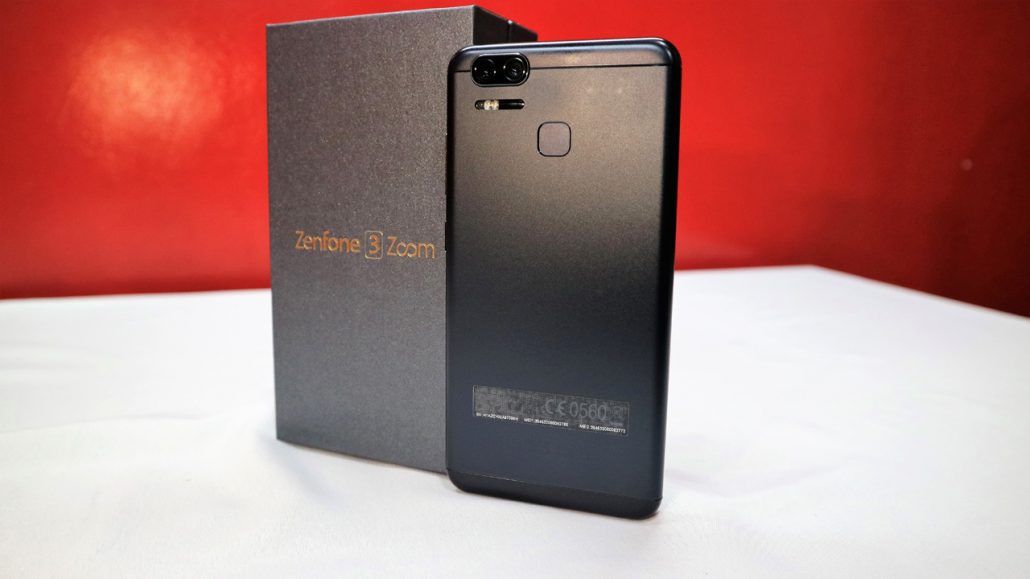
You can’t deny that ASUS got their inspiration for the ZenFone 3 Zoom to challenge the iPhone 7 Plus. Same camera implementation, shape, looks and down to the screen size even. But ASUS has more than just that, it seems this Taiwanese giant had outdone themselves and showed what you can do with two cameras.

ASUS Zenfone 3 Zoom (ZE553KL) specs:
Here is our first impression video
The ZenFone 3 Zoom is a step back from the glass back and front approach of the original ZenFone 3, it resembles more of its other brothers like the ZenFone 3 Max and Laser. Having a sandblasted metal back gives the smooth metal finish with a premium feel, it glides in your fingers with ease and honestly feels like an iPhone 7 Plus.
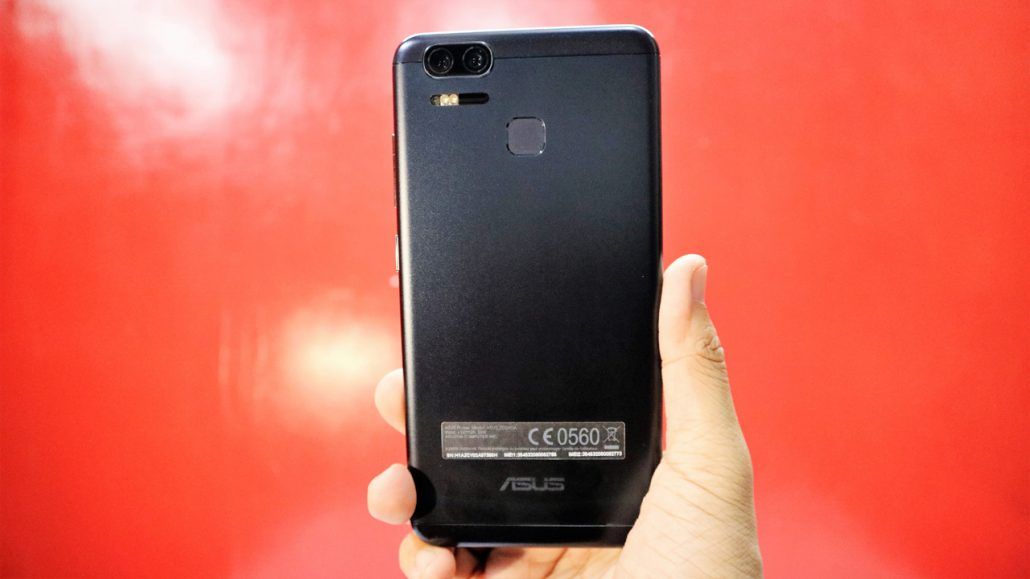
The rounded edges and 2.5D screen give this 5.5″ smartphone a better grip even at 8mm thick. As compared to other ZenFone models we’ve to hold in our hands, this places into second next to the ZenFone 3 Deluxe.
Finally, we have an AMOLED Full HD display at this price range! This is what we are talking about, as upgrading the screen to AMOLED also differentiates itself to other competitors. Colors are richer and you’ll be looking at your phone and its contents most all of the time, so make it better with a more vibrant and pleasing screen.
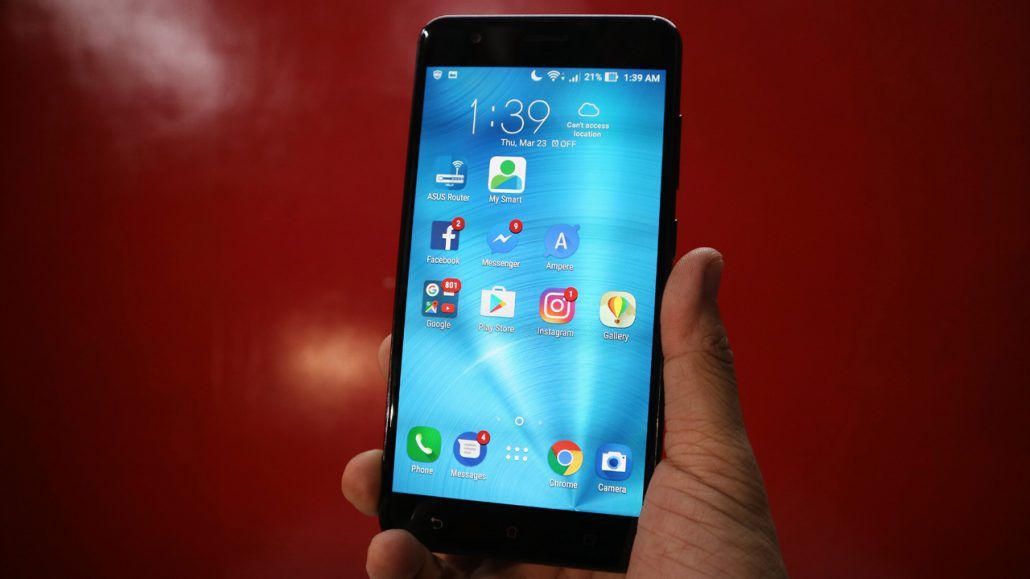
The screen is made of 2.5D Corning Gorilla Glass 5, which is durable but still subjective to hairline scratches. In our experience, even the back camera bump of the iPhone 7 can scratch the screen of the ZenFone 3 Zoom and vice versa.
Until now, we can’t understand why ASUS can’t implement an illuminating touch sensor button. Even at the price above Php20,000 this is one elementary feature that can set other phones apart to phones even at sub 10k level.
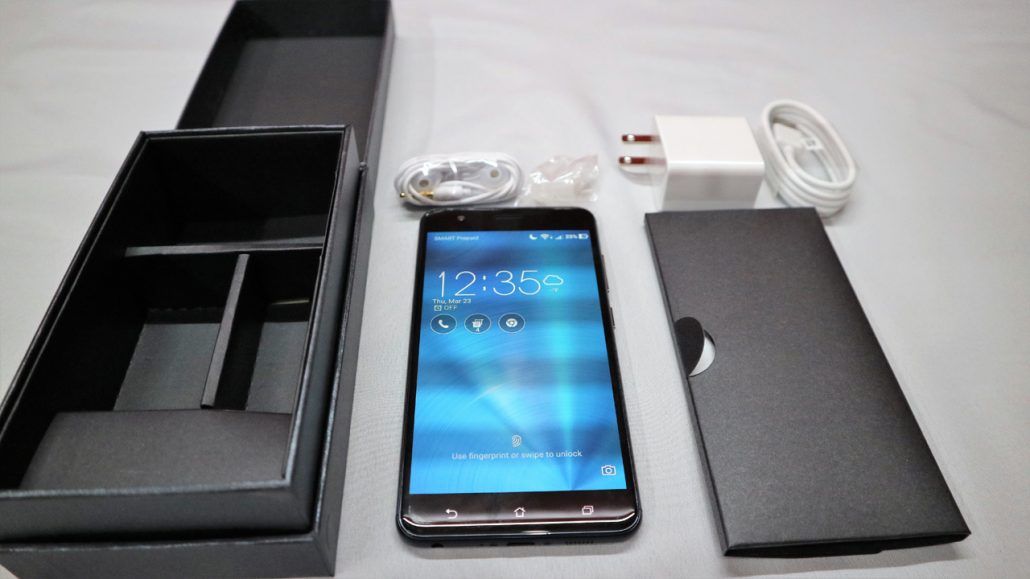
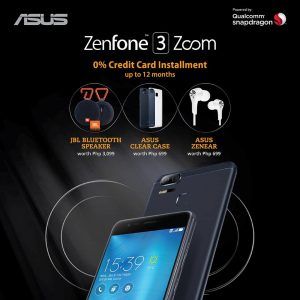
You even get a free JBL Clip Bluetooth speaker which sounds great and an ASUS clear case for the ZenFone 3 Zoom. Sadly, no pre-installed screen protector like from Huawei, OPPO or Vivo.
The ZenFone 3 Zoom is snappy using a Qualcomm Snapdragon 625 processor with 4GB of RAM, it should perform most apps today normally and considerably balanced for great battery efficiency.
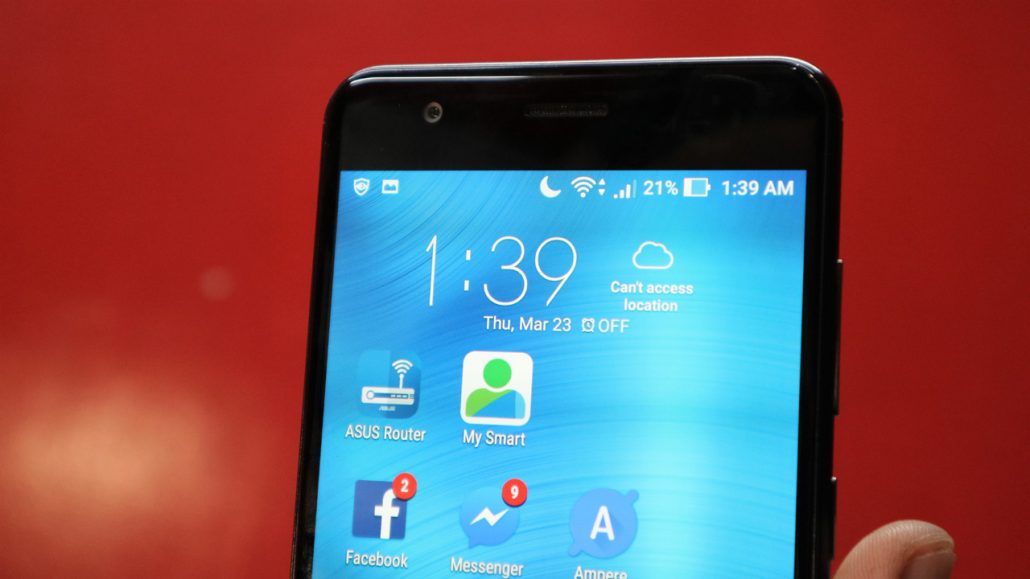
It scored fairly of around 63,000 points at our Antutu benchmark 6.2.7. Not impressive, just right as the goal is to be a mid-range smartphone with optimal efficiency. Overall, it’s just like using the original ZenFone 3 which is smooth as butter.
Now the ZenFone 3 Zoom has two cameras working individually, one normal 25mm optic (f/1.7) and the other one is a 59mm lens with up to 2.3x Optical Zoom (f/2.8). Along these is an OIS for the primary lens, laser auto-focus with dual-PDAF (phase detection autofocus) and even Along with this hardware is ASUS’ superpixel technology with 1.4µm pixel size that generates 2.5x more light sensitivity.
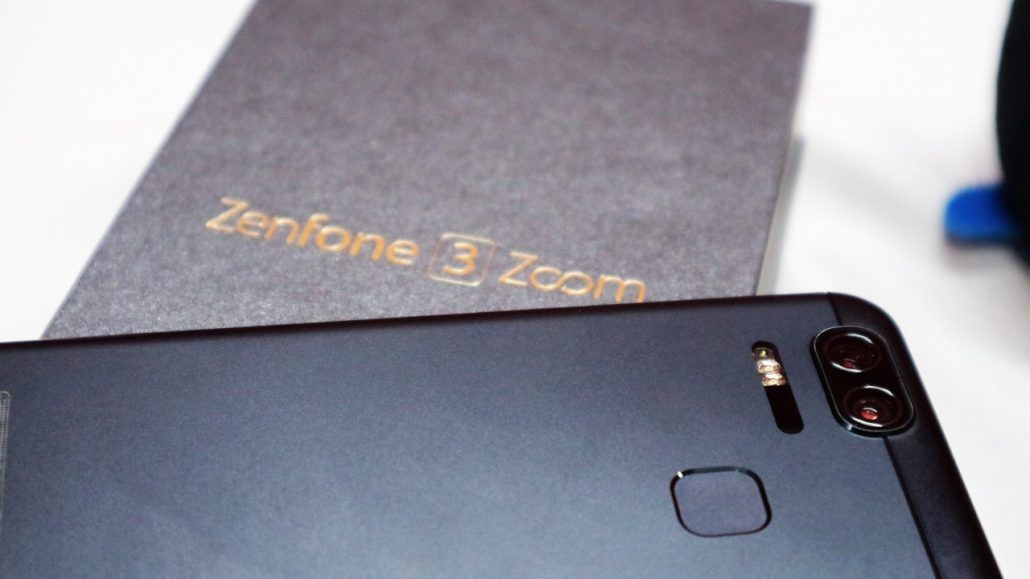
Seems great on paper, but how do they perform?
We will let your eye be the judge first, take a look at these comparison shots of 1x Zoom (Left) vs 2.3x Zoom (Right).


Here is one good example where you can use the Zoom functionality nicely.


Ortigas Park
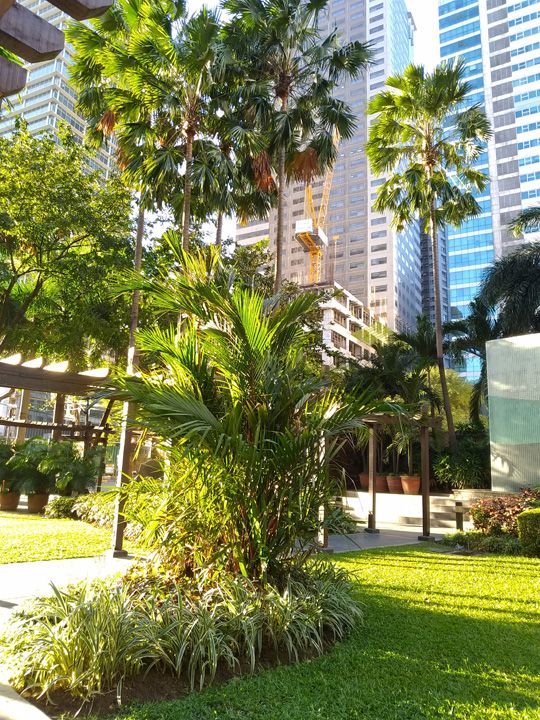
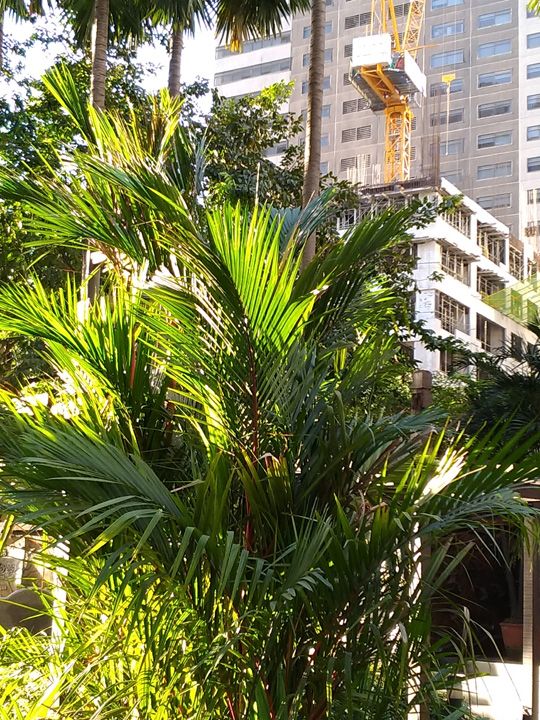
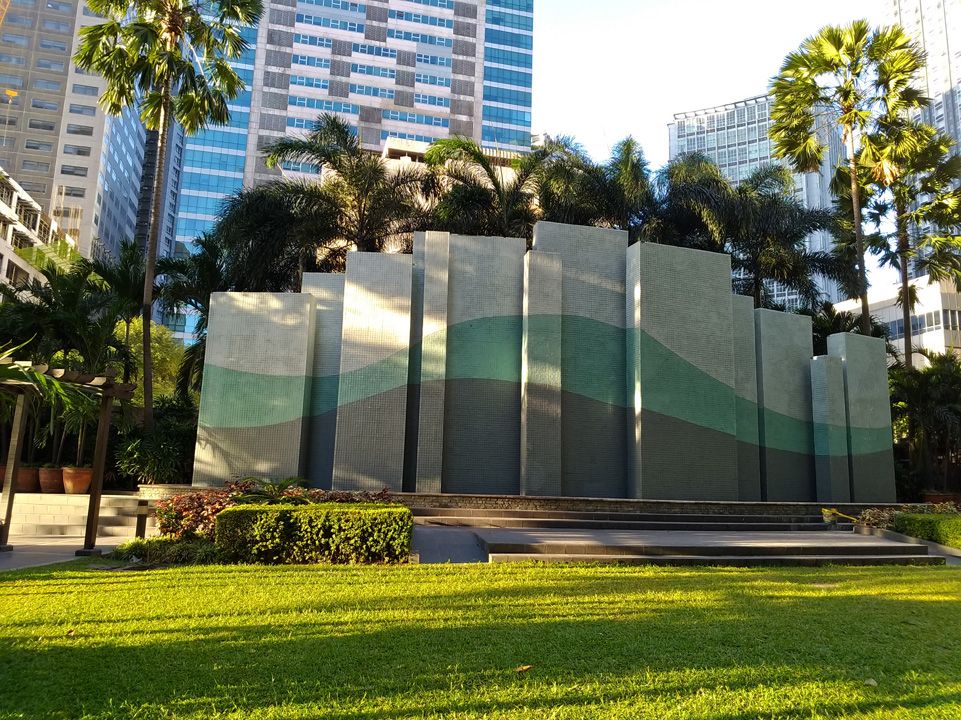
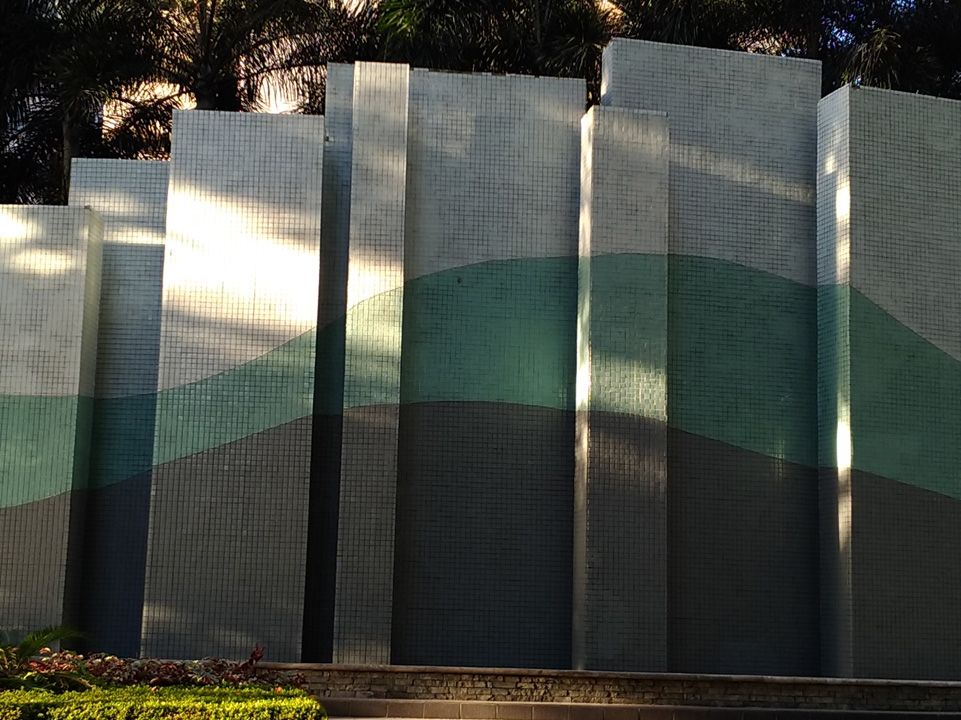
Here is the Venice Grand Canal mall gondola ride


Colors are good and has good dynamic range when outdoors, but it encounters problem when in artificial lighting envionments where photos are noisier. Generally, the camera also has a more favorable side to be a bit cool temperatures which lets color blue to stand out more.
It seems the ZenFone 3 Zoom can take good shots with the primary camera, but details aren’t that sharp when using the 2.3x optical zoom lens. Perhaps this is due to the less light of the f/2.8 aperture, the engine processes light harder and result to more noise. But still, all photos are still recognizable and shareable online, you just need to tweak them a bit via an editing tool like the internal photo app of ASUS or even VSCO or Snapseed.
Compared to rival competitors like the iPhone 7 Plus, OPPO F3 Plus, Huawei P10 and even Samsung Galaxy S7 or S8, all of them preview their camera feed in 1080p resolution or higher. This gives great confidence to users with their photo taking and of course have better impressions when 1st-time users see the unit in stores and try out the camera.
We created this compilation of comparison photos with the iPhone 7 Plus, all settings are put to auto with HDR. Other than that, both photos were shot in 12MP resolution and here are the results.
Daytime Shots
Sample No 1
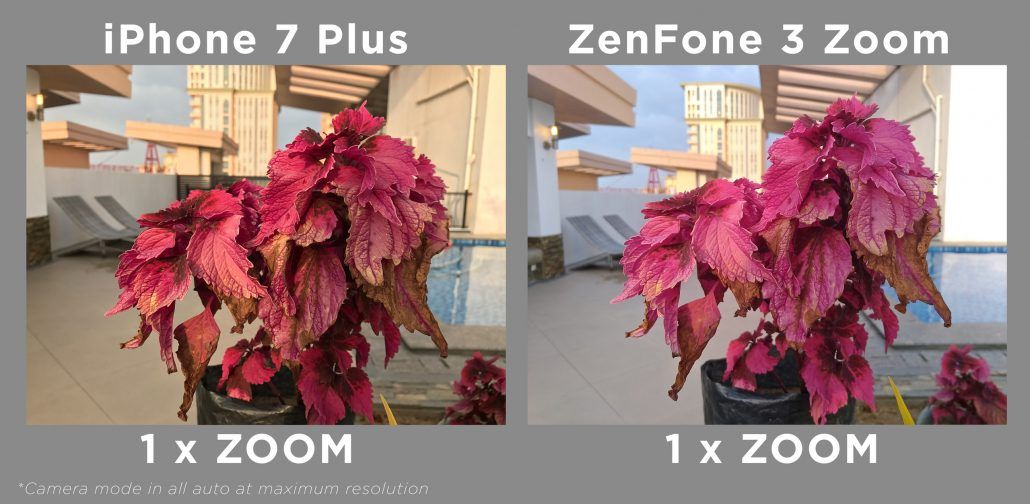
When it comes to focusing on a subject, the iPhone 7 Plus’ focusing delivered better results. Also with the ZenFone 3 Zoom favoring more on the cool temperature, it wasn’t able to bring out the sunlight detail as seen in the iPhone 7 Plus.
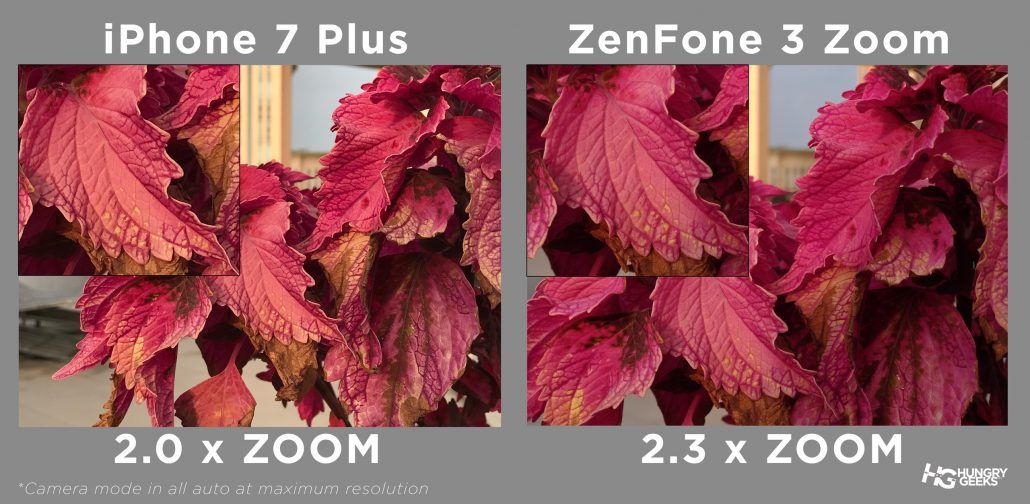
When zoomed, the ZenFone 3 Zoom lacks the high dynamic range to bring out more details in the leaves. The photo of the iPhone 7 Plus is closer to realistic that the ZenFone 3 Zoom where it somehow managed to lose detail in some lines and let the pink color took over more.
Winner – iPhone 7 Plus
Sample No. 2
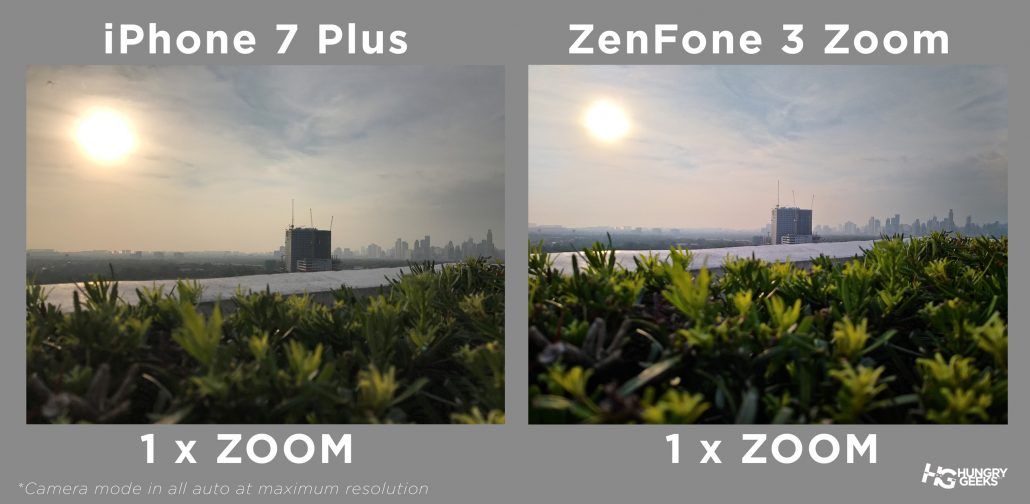
The ZenFone 3 Zoom was able to have a better contrast and dynamic range as compared to the iPhone 7 Plus. Colors are also closer to the actual as well, it seems the iPhone 7 Plus had a hard time combating the harsh sunlight.
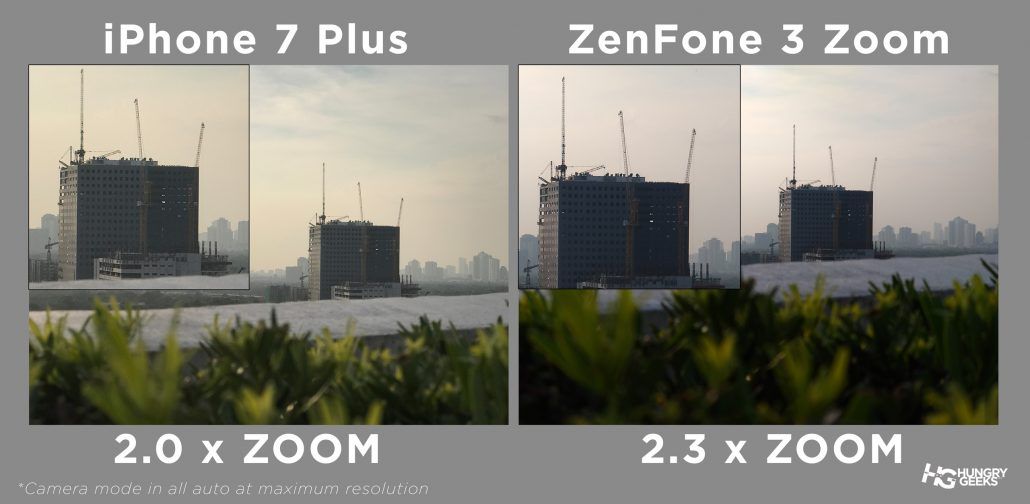
When Zoomed, the ZenFone 3 Zoom has a better bokeh separating the building and the grass field. Noticeable in the zoomed photo, it also has a better detail of the cranes, structure detail and less noise.
Winner – ZenFone 3 Zoom
Sample No.3
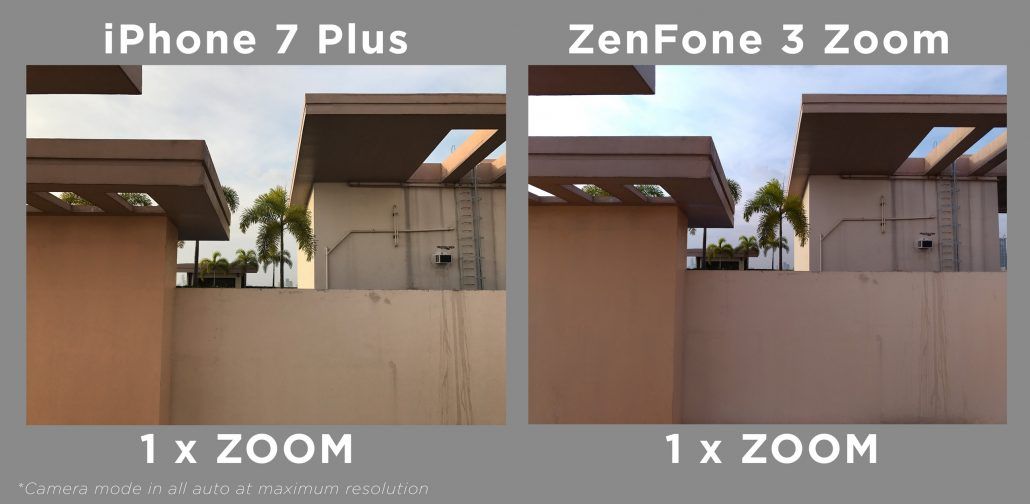
The iPhone 7 Plus is warmer and the ZenFone 3 Zoom is more cool, among the two photos the closer to reality is the iPhone 7 Plus. Overall photos look the same but the iPhone has a bit sharper detail when it comes to the structure and wall marks.
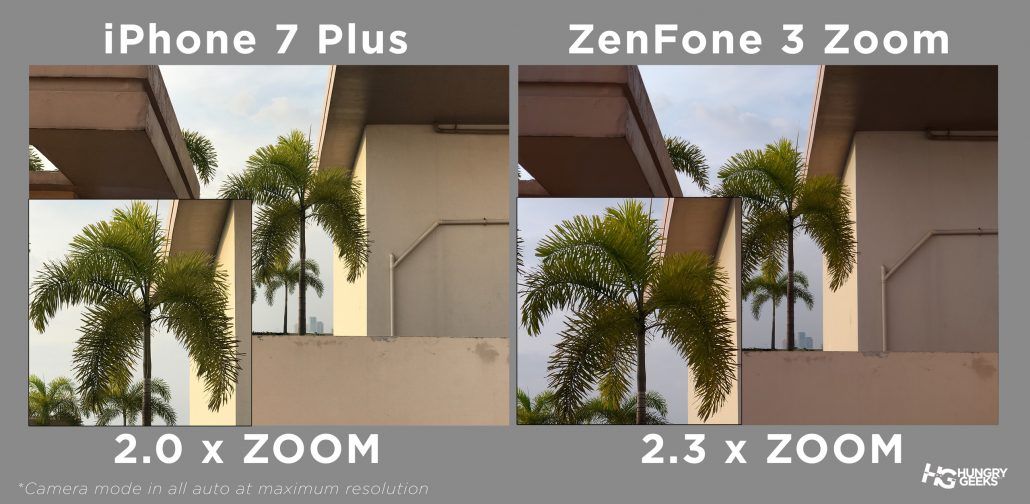
Setting aside color temperature, both cameras have done well. It was able to capture details needed for this shoot. It will be more of user preference this time if they like the cool or warm temperature.
Note: You can see here the difference of 2.3x Optical Zoom vs 2.0x Optical Zoom, the major difference isn’t significant. But of course, every detail counts as it’s still luxury to get 0.3x more optical zoom on a smartphone.
Winner- Both
Sample no.4
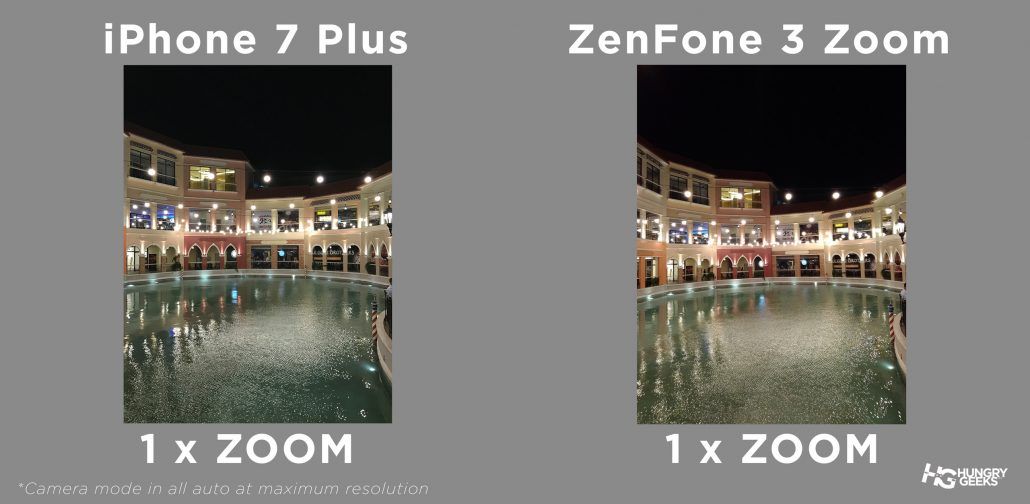
The iPhone 7 Plus was able to balance the lighting but the ZenFone 3 Zoom brought out more realistic shots and not to mention more vivid shots.

When Zoomed, the difference isn’t significant. The iPhone 7 Plus is sharper but with more noise as compared to the ZenFone 3 Zoom. For both photos, the ZenFone 3 Zoom delives more detail and vibrancy.
Winner – ZenFone 3 Zoom
Sample No. 5
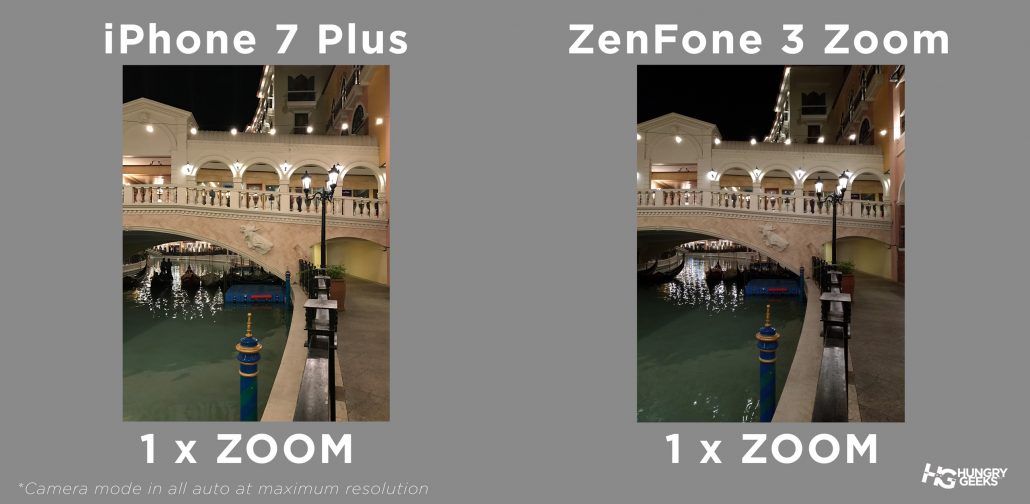
It seems at night time, ASUS consider white structures to be as part of lightings. In this photo, you can see the drastic difference in brightness and contrast versus the iPhone 7 Plus. Overall, the iPhone 7 Plus has a better output in this one.
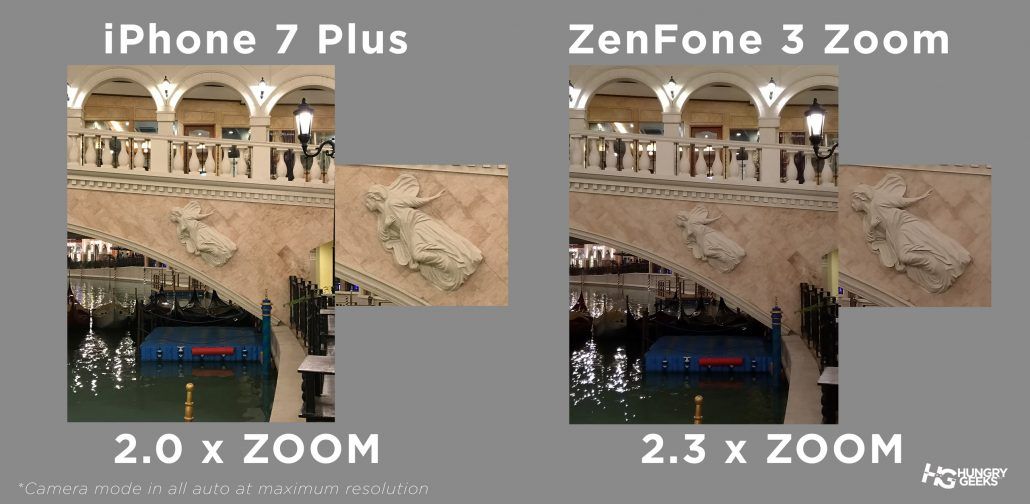
When zoomed, the details are still more visible with the iPhone 7 Plus. Even items under the bridge are more visible and the statue’s delicate details are more recognizeable with the iPhone 7 Plus.
Winner – iPhone 7 Plus
Sample No.6
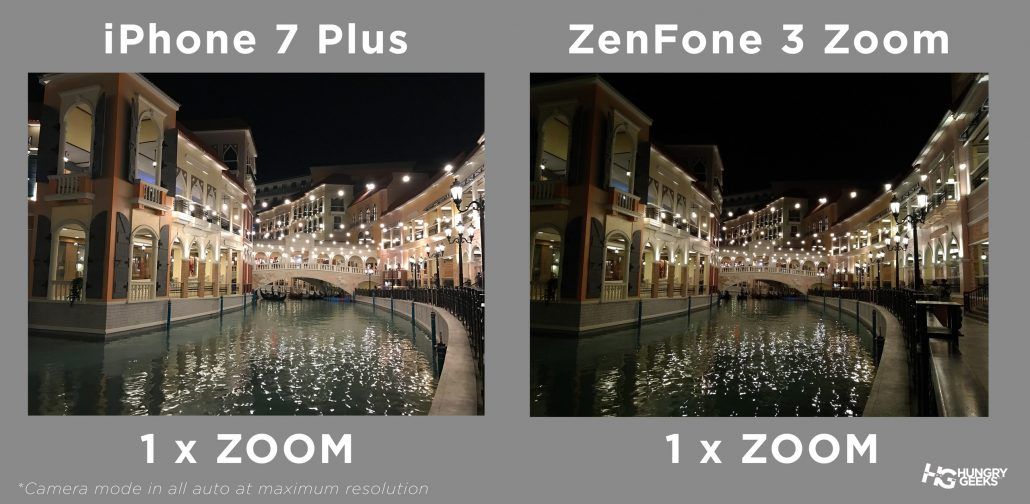
The ZenFone 3 seems to have a hard time to detect the proper lighting to balance the water and light bulbs above, overall it created a darker ISO setting and resulted to a more-dim and gloomy photo against the iPhone 7 Plus.
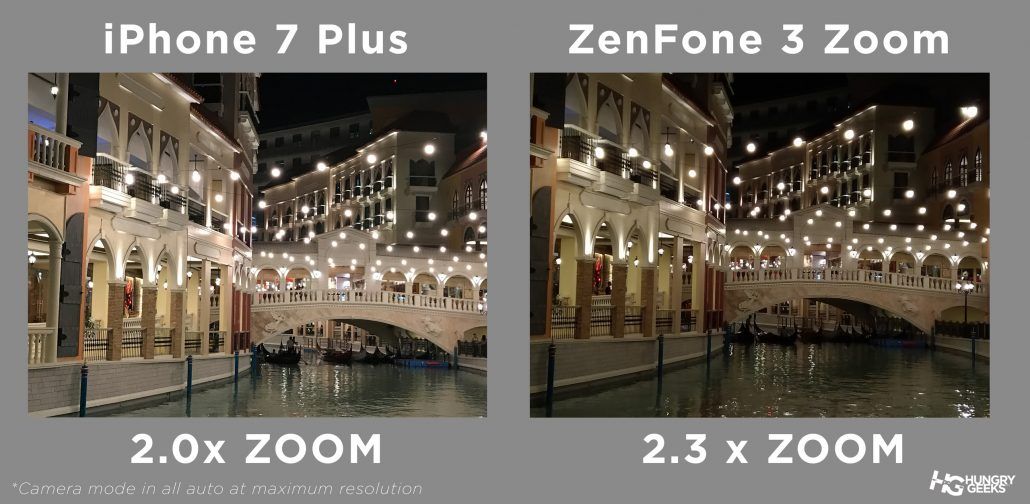
When Zoomed, the results are the same where photos are slightly noisier than the iPhone 7 Plus. Perhaps ASUS needs to have this checked and improve their nighttime sensing focus in future updates.
Winner – iPhone 7 Plus
So out of the 6 sample shots, we have shown you, the iPhone 7 Plus got 4 points and ZenFone 3 Zoom got 3 points. Both have their strengths and weaknesses in both daytime and night time. It will be more of preference to color, interface and of course budget to let you decide.

At the end, you can simply enhance your photos with apps like Snapseed or VSCO. The difference in daylight isn’t significant and night time with the ZenFone 3 Zoom will require a little bit more attention, but nothing it can’t solve with some settings tweaking.
To be honest, don’t be too picky about the details as if you upload it online…the resolution will significantly downgrade and result to less detailed photos. But in our overall experience with the ZenFone 3 Zoom’s camera, it can combat with the flagship iPhone 7 Plus and might even beat it in some categories.
The ZenFone 3 Zoom has a whopping 5,000mAh battery inside and to be honest, we are impressed with its battery life. In our normal battery usage, it even connects to some 4G+ carrier aggregation data connection which uses up more battery and we can manage to last one day and a half before reaching 20%.

ASUS even claims up to 6.4 hours of 4K video capturing which is ridiculous as there isn’t any MicroSD card that can fit that amount video. We wished that ASUS could stop with the outrageous statistics and just simplify their communication with their customers.
But hands down to this phone, the balance of a decent Snapdragon 625 processor, FHD resolution screen and decent AMOLED display gives this phone a monster battery life. As compared to other phones, the closest one will be the 6″ Huawei Mate 9 which lasts around the same time.
The ZenFone 3 Zoom also has some drawbacks and one of them is the lack of Wireless 802.11ac Wi-Fi connectivity. This will not be able to connect the much faster and stable 5GHz Wi-Fi band offered by most establishments and perhaps by your router today.
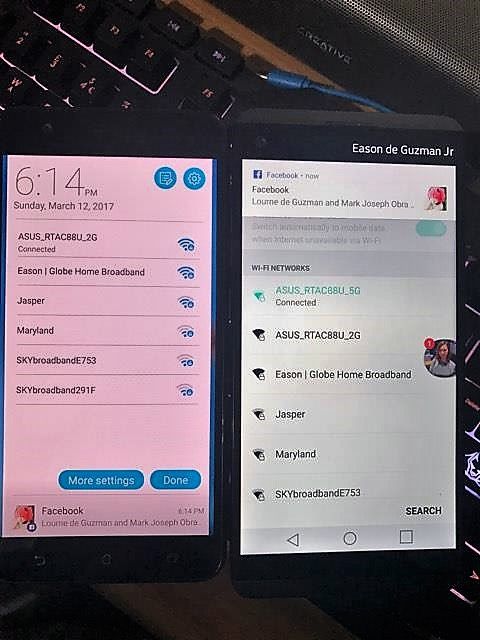
Another is the lack of true fast charging like Qualcomm Quick-Charge 2.0 or 3.0. The 5,000mAh battery can be charged up to a 5V / 2A rate which is today’s industry standard. Unfortunately, despite having a Qualcomm processor it seems ASUS skipped the quick charging due to safety reasons with the large 5,000mAH battery. As a result, full charging takes around 2.5 to 3.0 hours maximum.
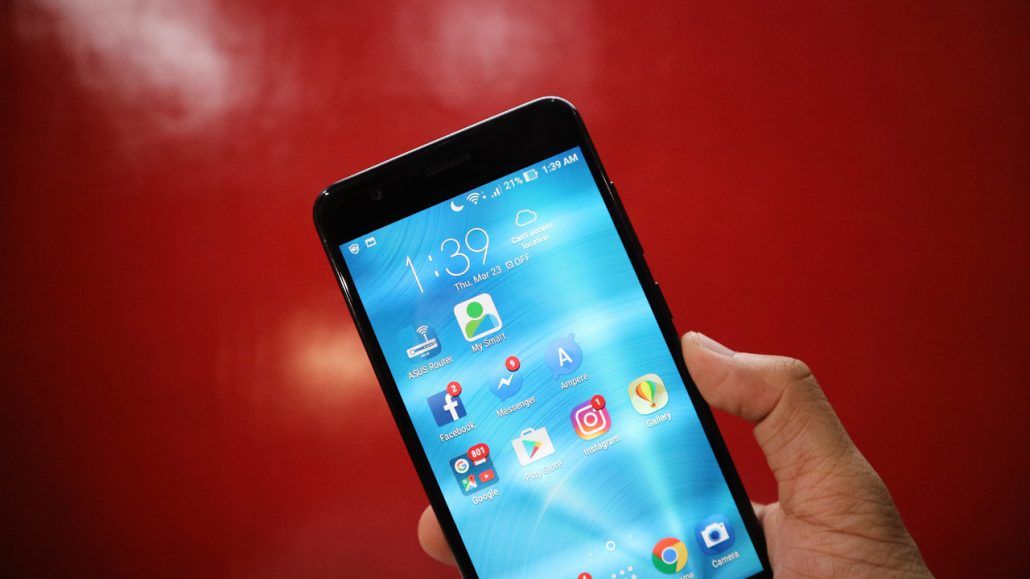
Last will be their too persistent UI. To be honest, having to see the evolution of ZenUI from the 1st generation ZenFone to now is slow. ASUS’ ZenUI has stopped in innovating but more of adding and adding more features that aren’t usable to all. This results to a lot of bloatware, disorganized menu and confusing upgrades as ASUS offers a wide variety of “zen” services that aren’t even applicable in the Philippines.
Hopefully, ASUS can get the message that people are for customization but not in a drastic way, it’s more of simplification of steps and less annoying notifications from time to time.
For Php23,990 SRP, the ZenFone 3 Zoom offers a very solid smartphone performance with a very useable 2.3x zoom camera capability. Its long battery life, decent processing power, 4G+ compatibility and portability with 2.3x optical zoom are the best selling features.

We say it’s worth the price despite the shortcomings we have mentioned. Who knows, ASUS can simply answer them with more software refinements/updates and that is where the company is great at. But if ASUS could have implemented the Qualcomm Quick charge on this one…it would be a slap in the face for Apple.
If you’re looking for any alternative to this smartphone, then prepare to shell out more as the nearest one with almost 2.0x zoom is the Huawei Mate 9 at Php29,990 and the next one is the iPhone 7 Plus 32GB at Php44,990.
For the drawbacks, well you can simply live off with a 2.4GHz Wi-Fi signal as it’s still pretty much a standard in the Philippines. But it’s a bit sad that even the cheaper ZenFone 3 has this feature as standard. As for the other two, it seems ASUS has a justifiable battery life to let you worry less of your charger and you can always just install a launcher to remove some of ZenUI’s annoying features.
